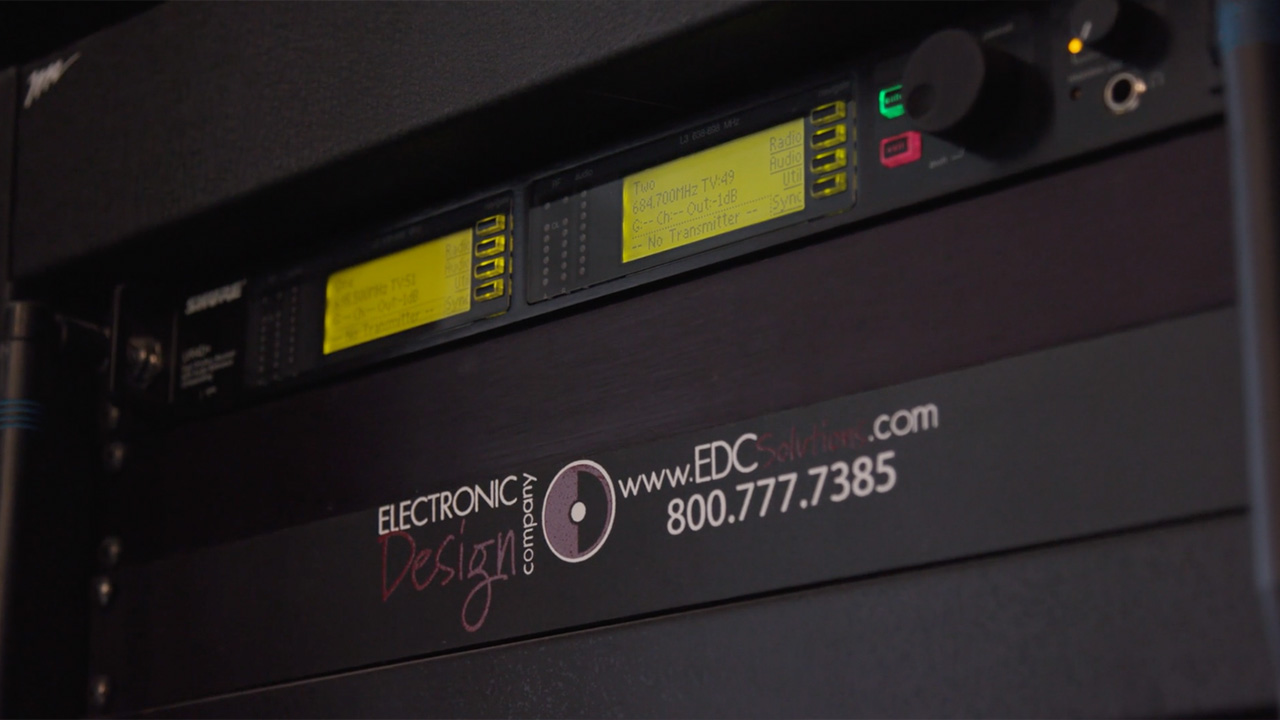
Lifespan of an AV System Installment 3: Designing for Longevity
March 23, 2022When considering a new AV system, there are dozens of things to consider, an important one is system longevity. Before locking in on a system design, designers and clients should consider all the technologies available and the expected longevity of these systems.
If the system is to still be operational in three years, five years and beyond, then the potential for system failures which cause issues for the client need to be weighed. Considering the impact of a system failure years down the road can help build a robust AV solution that can stand up to changes in technology as they come.
One method for rating the system design in these regards is to break the system down into five subsystems… Video, Audio, Security, Management and User Experience. Each of these subsystems can be scored on simple criteria, giving an overall longevity score.
The following sections focus on the Video and Audio subsystems, the remaining subsystems should be analyzed in the same detailed way.
Video:
- Consider the end-to-end capability of the system as far as resolution and frame rate.
- Determine whether the system is up to date with the latest HDCP compliance.
- Consider the networked video codecs, protocols used and bandwidth requirements.
- If there are wireless components in the video system, ensure that they are in safe frequency ranges.
- If the solution requires zero-latency or uncompressed transmission, ensure that the network backbone is designed to accomplish this.
Audio:
- Determine the networked audio codecs, protocols, and bandwidth requirements.
- If there are endpoint devices that require multi-channel playback, consider the impact on the network.
- If audio needs to be broken out from video sources (audio from HDMI video, for example), ensure that the components necessary for this are accounted for and that they also meet the needs of the video subsystem.
- HDMI vs. Analog switching of sources can cause various latency issues and these must be accounted for (lip-sync issues).
- Consider any digital signal processors for the audio device, the software that runs them and the product histories. Weigh the impact of a manufacturer updating the software (or discontinuing a software/hardware line).
While these are only two of the five major subsystems for design, there are loads of things to consider in just these two. The impact of each of these items can be interwoven amongst the other subsystems and ensuring that all the subsystems are as forward-looking as practical can help create a system design that will last through the changing technologies as they appear.


